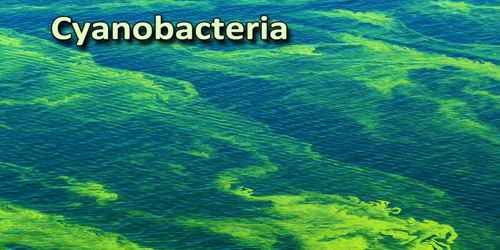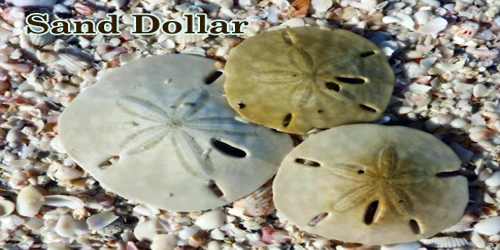Cyanobacteria
Definition
Cyanobacteria are any of a phylum of photosynthetic bacteria that live in water or damp soil and were once thought to be plants. The name “cyanobacteria” comes from the color of the bacteria (Greek: κυανός (kyanós) = blue). Cyanobacteria (which are prokaryotes) used to be called “blue-green algae”. They have been renamed ‘cyanobacteria’ in order to avoid the term “algae”, which in modern usage is restricted to eukaryotes.

The cyanobacteria contain a specific type of chlorophyll called chlorophyll a and other pigments that are used for photosynthesis. The chlorophylls and pigments efficiently capture specific wavelengths of light, transferring the light energy to the cell. The bacteria create energy through photosynthesis, and they exist near the surface of most any water. Oceans, rivers, streams, and puddles house them; even some glaciers and mud have been found to contain small colonies.
One common pigment is phycocyanin, which is a blue color (‘cyan’ means dark blue). This is the origin of the ‘cyano’ in the name ‘cyanobacteria,’ and this pigment, in conjunction with the green chlorophyll, is the source of the common name ‘blue-green algae.’ It is important to note, however, that cyanobacteria are not a species of algae.
Cyanobacteria may exist as individual cells or as filaments, and some species live in colonies. Many species secrete a mucilaginous substance that binds the cells or filaments together in colored (often bluish-green) masses. Cyanobacteria exist today in some 7,500 species, many of which are symbiotes, and have lived on Earth for 2.7 billion years. Since all species produce oxygen as a byproduct of metabolism, it is thought that much of Earth’s atmospheric oxygen can be attributed to cyanobacteria. Many species can also fix nitrogen and so play an important role in the nitrogen cycle.
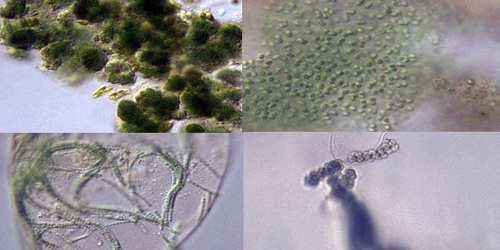
Types of Cyanobacteria
Based on their shape, known more formally as their “morphology,” cyanobacteria have been classified into five groups: chroococcales, pleurocapsales, oscillatoriales, nostocales and stigonematales.
However, the common lineage of only the last two groups has been established. Just because two organisms have a similar shape, they are not necessarily phylogenetically related, which means that they may not members of the same classificatory group be known as a phylum.
Life Cycle of Cyanobacteria
Cyanobacteria are aquatic and photosynthetic, that is, they live in the water, and can manufacture their own food. Because they are bacteria, they are quite small and usually unicellular, though they often grow in colonies large enough to see. They make food by photosynthesis, using chlorophyll. That is, as with complex, advanced plants, they absorb carbon dioxide from the atmosphere, and use the energy from the sun to build it into complex energy-containing sugars, while releasing oxygen. To carry out this process, each cell needs to be bathed in bright sunlight. To satisfy these two critical requirements – access to water and sunlight – the cyanobacteria grow at the shore of the ocean or the edges of ponds or pools of water. They have the distinction of being the oldest known fossils, more than 3.5 billion years old.
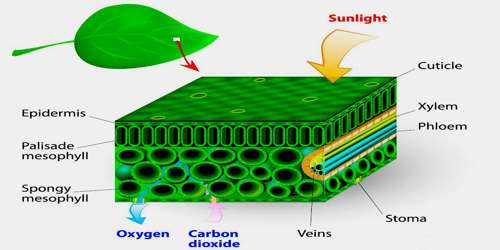
The cyanobacteria form a veneer over a complex, layered colony. Underneath them is another layer of photosynthetic bacteria that absorb sunlight at wavelengths where the cyanobacteria are transparent. These bacteria are poisoned by oxygen, so they are termed “anaerobic”; the mat of cyanobacteria acts as a protective shield.
Roles and Importances of Cyanobacteria
Cyanobacteria can be found in nearly all environments. They can generally survive anywhere there is enough sunlight for photosynthesis. Several species live in symbiosis with lichens, ferns, and liverworts. It can survive in soil or on the surface of rocks, often lying dormant in times of drought and awakening during wet periods to divide and grow. Other species can form thick mats in warm, shallow marine environments or float freely in nutrient-rich bodies of fresh water. Some species living in water can bloom.
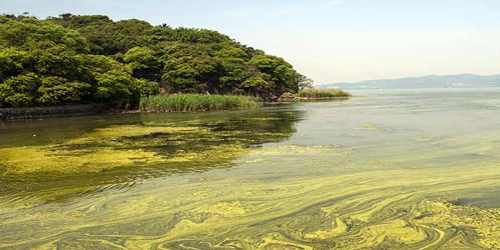
Many Proterozoic oil deposits are attributed to the activity of cyanobacteria. They are also important providers of nitrogen fertilizer in the cultivation of rice and beans. The cyanobacteria have also been tremendously important in shaping the course of evolution and ecological change throughout earth’s history. The oxygen atmosphere that we depend on was generated by numerous cyanobacteria during the Archaean and Proterozoic Eras.
The other great contribution of the cyanobacteria is the origin of plants. The chloroplast with which plants make food for themselves is actually a cyanobacterium living within the plant’s cells. Sometime in the late Proterozoic or in the early Cambrian, cyanobacteria began to take up residence within certain eukaryote cells, making food for the eukaryote host in return for a home. This event is known as endosymbiosis, and is also the origin of the eukaryotic mitochondrion.
Reference:
